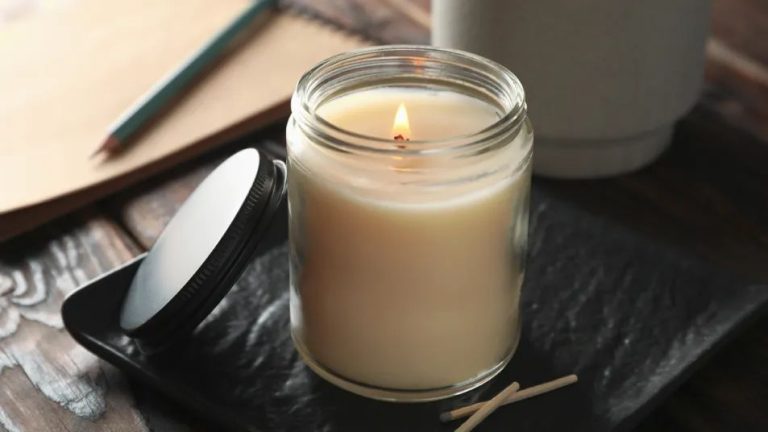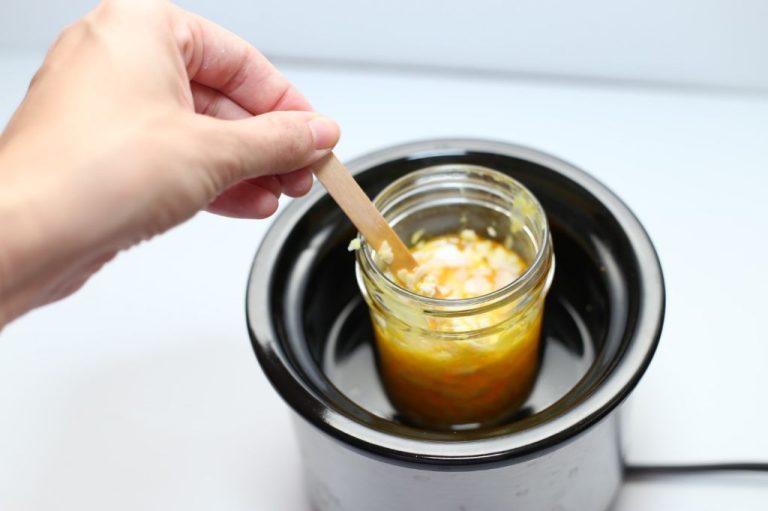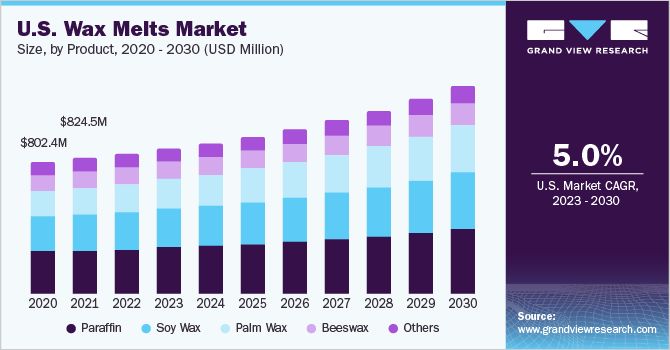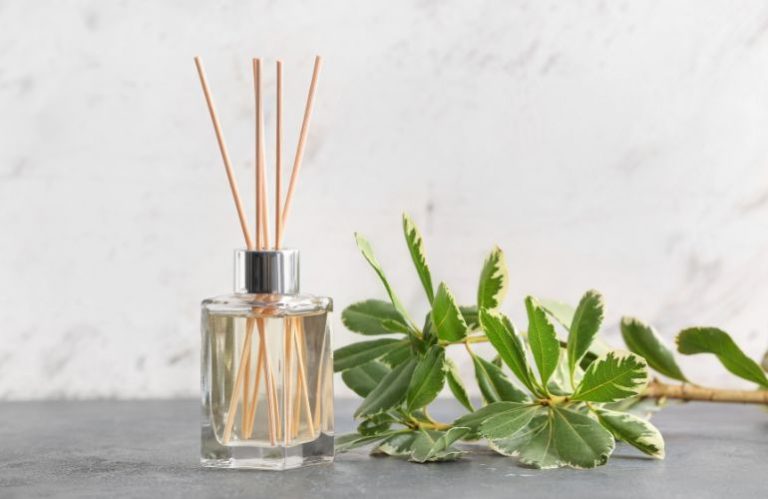When Was The Scented Candle Invented?
A scented candle is a candle that contains fragrance oils, essential oils, or other perfumes to provide a pleasant smell while the candle burns. Scented candles come in a wide variety of scents, from floral and fruity to musky and aromatic. The burning candle slowly releases the scent into the air through the evaporation of the fragrance oils. Unlike other air fresheners, scented candles provide subtle, natural fragrance from ingredients absorbed into the wax itself.
Though their origins date back thousands of years, scented candles remain extremely popular today as a staple home decor item. They are used to create cozy, soothing environments and give homes and offices inviting scents. The variety of scented candles on the market is immense, with many companies specializing exclusively in unique scented candle products. This abundance is indicative of the timeless appeal of scented candles.
This article will explore the intriguing history behind the inventions of the earliest scented candles and how they evolved over time. Tracing the development of candle and fragrance technologies provides insight into one of today’s most beloved home products.
Early Candlemaking
The origin of candlemaking dates back thousands of years. Candles were originally invented for lighting purposes before the advent of electricity. According to the National Day Calendar, while there is no exact date or location that can be pinpointed for the origin of candlemaking, there is evidence that various ancient civilizations were creating candles more than 5,000 years ago (Source).
Early candles were primarily made from tallow (beef or mutton fat) or beeswax. Tallow candles were inexpensive to make but produced a lot of smoke and odor. Beeswax candles burned cleaner and were more expensive, making them a luxury item. The earliest evidence of candlemaking comes from ancient Egypt and China where wicked candles made from tallow and beeswax were used for lighting (Source).
The earliest known scented candles emerged in the 13th century in Europe. At this time, candles were made from tallow and scented with floral extracts and herbs. Beeswax candles could also be scented with essential oils. Scented candles were initially used in churches and by the wealthy who could afford this luxury (Source).
Emergence of Modern Scented Candles
The emergence of modern scented candles can be traced back to the development of paraffin wax in the 1850s. The introduction of paraffin revolutionized candlemaking, providing an affordable, high quality wax.1 Previously, most candles were made from tallow, beeswax, or spermaceti wax from whales. These materials were expensive, limited in supply, and burned unevenly.2
With the abundance of paraffin wax from petroleum, candles became cheaper to produce. Paraffin burned evenly and allowed for inclusion of scents and dyes. In the late 1800s, scented candles grew in popularity in America and Europe as an affordable luxury item. Middle class families could enjoy scented candles in the home, infusing spaces with fashionable scents like floral, spice, or fruit.2 The modern scented candle industry traces its roots to innovations in candlemaking and cultural interest in scents during this era.
20th Century Developments
In the early 20th century, the growth of the meatpacking and oil industries in the United States led to the increased availability of new types of waxes, like paraffin. This allowed for the mass production of candles at much lower costs. History – Candles.org
Large companies emerged that specialized in candlemaking, utilizing these new inexpensive waxes and oils. Companies like Colonial Candle of Massachusetts and the Russell Candle Company were among the first big candlemakers. They produced candles not just for lighting, but for decoration and fragrance.
With more varieties of waxes and oils available, candlemakers branched out into new types of candle designs and shapes. Scented candles became more elaborate and popular, often shaped like fruits or vegetables. New scents were also developed, like floral, spice, and food scents. The range of candle styles expanded greatly during this period. This allowed consumers to purchase candles not just for function, but for decorative purposes and scent enjoyment.
Scented Candle Renaissance
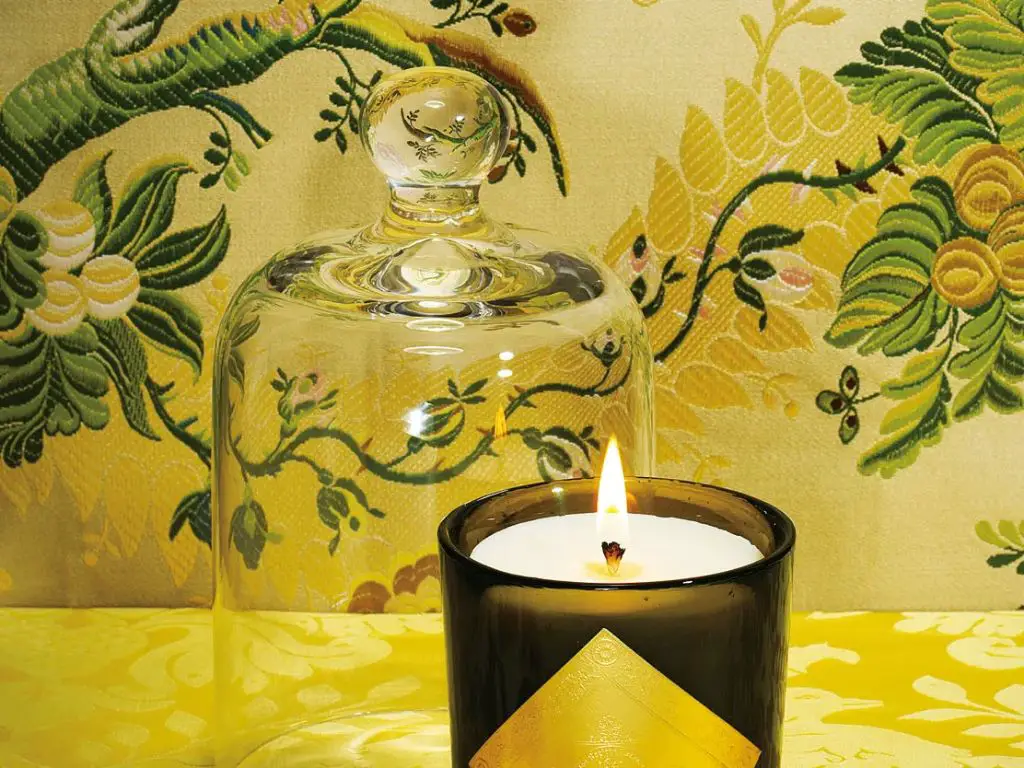
In the 1990s, scented candles experienced a major resurgence in popularity due in large part to the aromatherapy movement. Aromatherapy promoted the use of essential oils and natural fragrances to enhance mood, health, and well-being. This increasing interest in aromatherapy directly fueled demand for scented candles.
Retail brands were quick to capitalize on the growth in the scented candle market. Companies like Yankee Candle, Bath & Body Works, and Slatkin & Co. launched new product lines featuring signature scents and stylish candle designs. By creating unique candle scents and branding them with evocative names, these companies helped further boost the popularity of scented candles in the 1990s.
Impact of Celebrities and Media
Scented candles moved from niche to mainstream in the 1990s and 2000s thanks in large part to celebrity culture and lifestyle media. Product placement of prominent candle brands in films, TV shows, and music videos provided major exposure. Celebrities like Oprah, Gwyneth Paltrow, and Kourtney Kardashian promoted and launched their own candle lines.
At the same time, home decor and lifestyle publications like Martha Stewart Living featured scent diffusion as a way to create ambiance and Perfume and candle brands took advantage by partnering with these media outlets. This boosted the public perception of scented candles as a interior design element and creative expression rather than just a functional light source.
Artisanal Candlemakers
Handmade and natural candles surged as a premium product in the 2010s, as consumers sought out unique scents and high-quality ingredients. Small-batch producers focused on natural soy, beeswax, and coconut wax candles, often blended with premium fragrances and botanical extracts.
According to research from Botanica Candles, the artisanal candle market grew 12% year-over-year from 2018-2022, with projections to reach $4.2 billion globally by 2024 (Source). These specialty candlemakers stand out by offering hand-poured, phthalate-free candles in a wide array of complex, nature-inspired scents. Popular ingredient trends include locally-sourced beeswax, fair trade coconut wax, healing herbs, pure essential oils, and ethically-sourced botanicals.
Artisanal candle brands position their products as luxurious, spa-like experiences for the home. Customers are willing to pay premium prices for beautifully-packaged, creatively-scented candles that deliver an indulgent sensory experience. While major retailers carry large numbers of mass-produced candles, handmade candlemakers thrive by providing exceptional quality and únique scent profiles not replicated by big manufacturers.
Current Market
The scented candle market has seen tremendous growth over the past decade. According to Grand View Research, the global scented candle market size was estimated at $556 million in 2022 and is expected to grow at a CAGR of 4.1% from 2023 to 2030.
Some of the most popular and dominant scented candle brands today include Yankee Candle, Bath & Body Works, Voluspa, and Nest Fragrances. Yankee Candle is arguably the market leader, with over 400 company-owned and partnership stores globally. In 2021, Bath & Body Works, which sells a variety of scented home fragrance products including candles, generated $6.2 billion in sales.
Consumers today are purchasing scented candles not just for the fragrance, but for the entire experience and aesthetics. Research shows that the top reasons consumers purchase scented candles are for relaxation, creating a mood or ambience, making the home smell nice, and as home decor. Scented candles are also frequently purchased as gifts. Consumers are willing to pay more for scented candles from brands perceived as higher quality, natural, or luxurious.
Future Outlook
The scented candle market is expected to continue growing at a steady pace in the coming years. According to Grand View Research, the global scented candles market size is expected to reach $764.2 million by 2030, growing at a CAGR of 4.1% from 2023 to 2030 (Source). Market growth will be driven by increasing demand from millennials and Gen Z consumers. Key trends shaping the future of scented candles include:
Innovation in scents and ingredients is a major trend, with candlemakers experimenting with novel fragrances like matcha, cannabis, and obscure floral scents. There is also a focus on clean-burning and sustainable ingredients like soy, coconut, and beeswax. Consumers are demanding more natural, ethically-sourced components (Source).
Personalization and customization is growing, allowing customers to create their own signature scents. Artisanal candlemakers are also offering limited edition seasonal and regional fragrances to stand out. More gender-neutral and unisex scents are emerging as well.
Refillable and recyclable candle packaging using glass, tin, or other reusable materials caters to eco-conscious consumers. Candlemakers are also looking for sustainable manufacturing practices to reduce their carbon footprint.
In summary, the scented candle market will continue expanding globally thanks to aroma innovation, personalization, sustainability, and shifting consumer preferences. Both mass-market and artisanal players have promising growth prospects if they adapt to emerging trends.
Conclusion
Scented candles have an intricate history, dating back thousands of years to their origins in ancient Egypt, Rome, and China, where they were created from basic materials like tallow, beeswax, and vegetable oils. Over time, innovations in candlemaking emerged in Europe in the Middle Ages and Colonial America with more refined waxes. The 19th century saw major advances like paraffin wax and stearic acid that made candlemaking scalable.
The popularity of scented candles declined with electricity but was revived in the 1950s and 60s with companies like Chesapeake Bay Candle pioneering new scented candle products. Their popularity accelerated in the 1990s and 2000s with the influence of celebrities like Oprah and Martha Stewart. Today, there is a diverse market of mass-produced and artisanal scented candles, using both synthetic and natural fragrances.
Overall, scented candles have evolved tremendously over thousands of years, taking advantage of innovations in chemistry and manufacturing. They remain a beloved product today, used for their aesthetic, aromatic, and therapeutic benefits.

